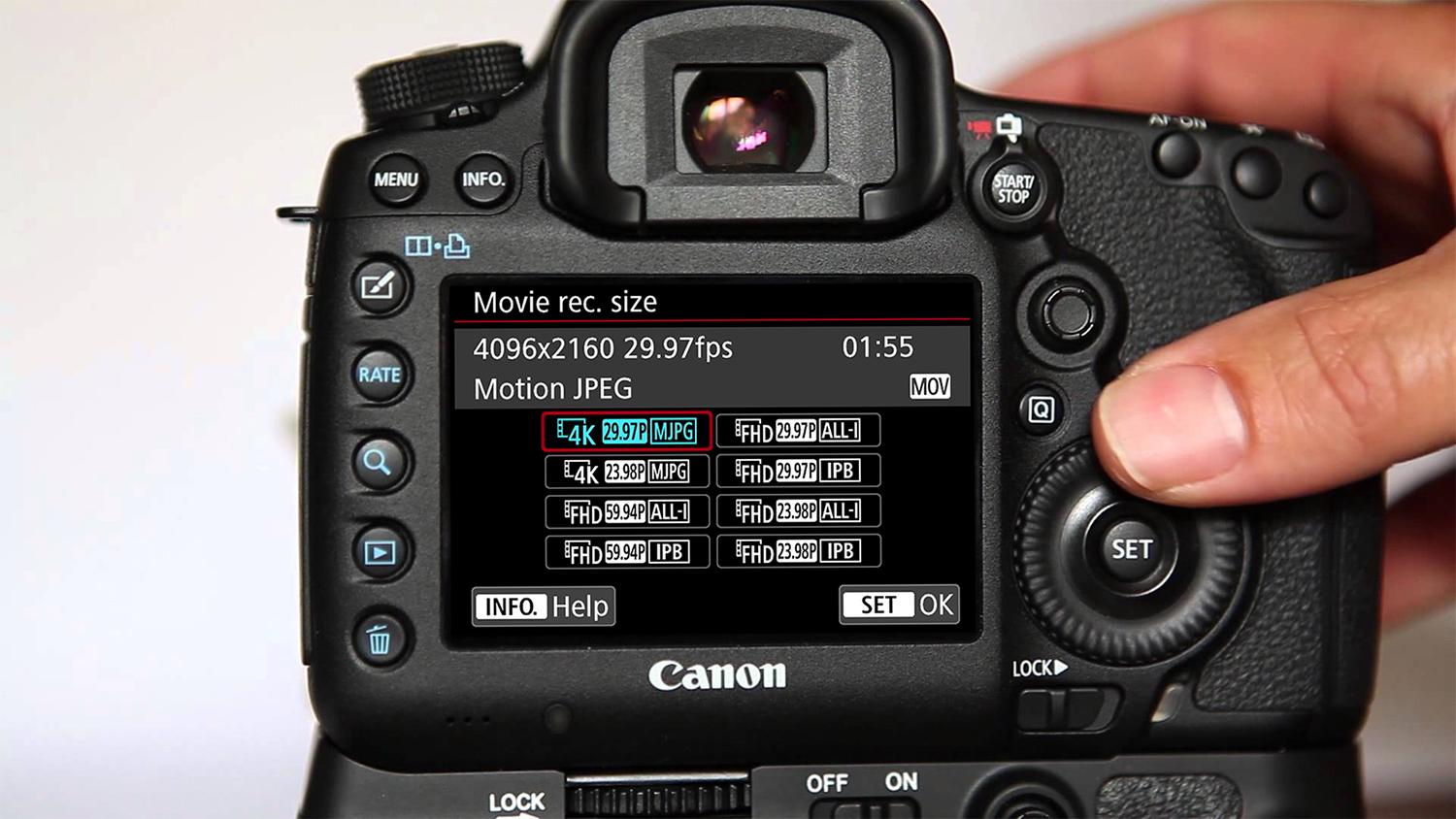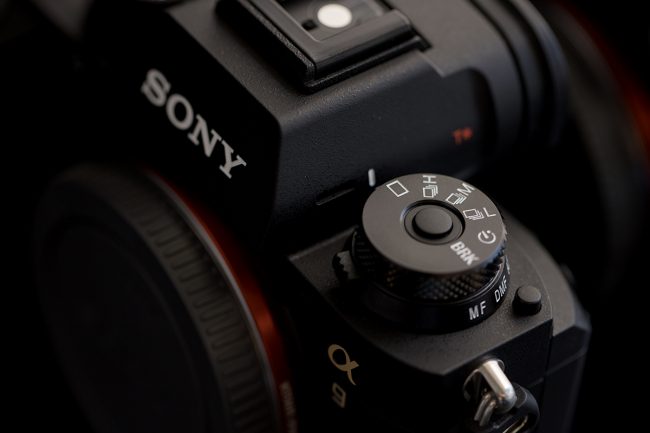Geek Articles
A Photographer’s Guide to Video File Structures

Digital Single-Lens Reflective cameras have revolutionized modern photographer with their digital imitation of film. As the medium has transitioned forward, video has come into the equation, giving creatives new territory to explore their visions with digital cameras. Unfortunately, this comes with some caveats, particularly in a slew of compression standards, encoding techniques, and overall file structures. As a tech here at Lens Rentals, I am frequently asked what it all means, so I decided to put together a basic understanding article for those who are venturing into video and scratching their heads in the process.
How Footage Becomes a File
As the imaging sensor in your camera streams video data to a hard drive, there is a multitude of trades in the world of technology at work. Digital devices designed to capture video and audio signals utilize a unique and versatile type of software called a “codec” that not only encodes the video and audio streams into a file format but it also translates or decodes that transmission for other applications in the editing process. The wide range of video use and storage needs has resulted in hundreds of codecs being created with more in constant development.
The codec serves as a means of communication for your compression scheme as digital audio and video streams are captured in a container or wrapper. These containers create an organized package of the various pieces of data that compile a video and are represented by file extensions. Just like codecs, there are a number of different containers used in video work today. Fortunately, most DSLRs limit the number of formatting options, meaning the process has become more standardized and less confusing.
Compression and File Size
Video files are substantially larger than most photo files. To reduce memory requirements, the codec compresses the information being captured in the container. There are two main types of codecs and are defined by their compression scheme, these are known as lossy and lossless codecs.
Every time a video file is processed, that data results in a degree of degradation to the overall image quality. Lossy codecs are designed for peak efficiency but what they gain in file compact size, they lose in the quality of the deliverable. Lossless codecs create files that preserve all or most of the information originally captured, making them ideal for videos that will need to be altered in some way in post production. Lossless codecs final file format size is significantly larger than those created by lossy codecs and can be difficult to work with on older computers and editing software.
Ease of Use
Where photo files are designed to be manipulated and are easily imported into almost any editing program, electrical engineers working with sensors and image processors are constantly trying to improve the image quality and color depth of digital images. Due to the complexity of video files, it is not uncommon for there to be a lapse in the technology between a camera’s recording capability and the software used to edit it. As new extensions and codecs are released, software engineers for post production suites are forced to amend their technology to accommodate the intricacies of new video recording techniques.
The stigma of editing systems not being compatible with certain file structures is at best, overplayed, and at its worst, gravely misunderstood. At this point, most up-to-date operating systems and current professional software are going to be able to accept most major legacy formats. While it is always a good idea to confirm computer and software requirements, it is even more important to do so when you plan on shooting with any codec that was released after the release of a given post-production suite. Knowing which editing software or multimedia player you will be using can make it easier to decide which formatting options to choose. Additionally, most camera manufacturers will have a list of editing programs that support proprietary codecs and even offer free downloads of plug-ins to improve performance.
What is MPEG?
Often referred to as a singular format, MPEG is actually a community of formats developed by the Moving Picture Experts Group, a collective of engineers from the International Standards Organization and International Electrotechnical Commission. This collaborative develops and determines compliance standards. Each development is indicated by a change in the numerical value following the abbreviation. These standards illustrate the elaborate process of creating a video file. Most video containers actually have multiple codecs communicating together within them, blurring the lines of the boundaries of how each part works together. For example, MPEG 4 files, which are typically wrapped in a Quicktime container, are often represented by the .MP4 file extension. If you aren’t trying to drown in technical details, just go with it.
Which options are available on my DSLR or Mirrorless System Camera?
I pulled the specs on some of the most popular DSLR and Mirrorless System cameras that are commonly used for both photo and video (If your favorite camera system is missing, I mean no disrespect, I just have a word count cap) and compiled a list of your options:
Motion JPEG or MJPEG
An older compression standard that can require as much as five times the data rate of cameras utilizing h.264. The resulting images capitalize on Canon and Leica’s renowned color science, but the files are huge and will impact the speed of your workflow.
Available on the Canon 1DX Mark II and Canon 5D Mark IV, Leica M and Leica M-P
MPEG-4 AVC/H.264
Commonly referred to as H.264, MPEG-4 Part 10, Advanced Video Coding (MPEG-4 AVC) is a widely accepted and broadly used video compression standard for motion compensation. Rather than capturing individual frames, this type of compression uses a predictive algorithm that encodes the differences between frames. This is a standard for almost all web-based videos.
Available as a base format for most cameras with video capabilities
AVCHD Ver. 2.0
An update to AVCHD that includes 1080 50p and 60p. This codec offers some of the best support for the high definition of 3D videos. It has potential but in its current state, limits itself to very specific markets. This format has optimized support for h.264 and limits the capabilities of other codecs. For lossy files, this high-performance format is user-friendly and conducive to web videos that require fast turnaround from their editors.
Available in the Panasonic GH5, the Sony a7S II and Sony a7R II, and the Sony a9
XAVC
Developed by Sony with a licensing option for other manufacturers, this format relies on the technology behind h.264 to improve file size. This format supports 4:4:4 chroma sampling and up to 12-bit color depth, supporting some of the highest prosumer video quality standards available. This format has a visible quality advantage over older formats but typically requires the utilization of S-Log to maximize dynamic range and color grading control.
Released by Sony, this format is still not widely accepted by some editing programs. The addition of this format with other manufacturers will likely increase as other format struggle to match performance and image quality standards.
Hopefully, this piece has provided you some insight on understanding the various types of codecs and options when shooting video on a DSLR or mirrorless system. While this is just an introduction to the topic, I hope it helps you understand the various file types and options. Do you have more insight to add on the topic? Feel free to add your input in the comments below.
Author: Ally Aycock
My name is Ally and I am a Senior Video Technician at Lens Rentals. I’m a freelance veteran in almost every production department and a total gear nerd. When I’m not producing or directing commercials and music videos, I like to take advantage of my free time by oversharing pictures of my dog on Instagram.
-
Ally Aycock
-
CheshireCat
-
Roger Cicala
-
SpecialMan
-
SpecialMan
-
l_d_allan
-
Athanasius Kirchner
-
KeithB
-
Ally Aycock
-
l_d_allan
-
l_d_allan
-
Ally Aycock
-
Ally Aycock
-
Ally Aycock
-
l_d_allan
-
Ally Aycock
-
KeithB
-
Athanasius Kirchner

